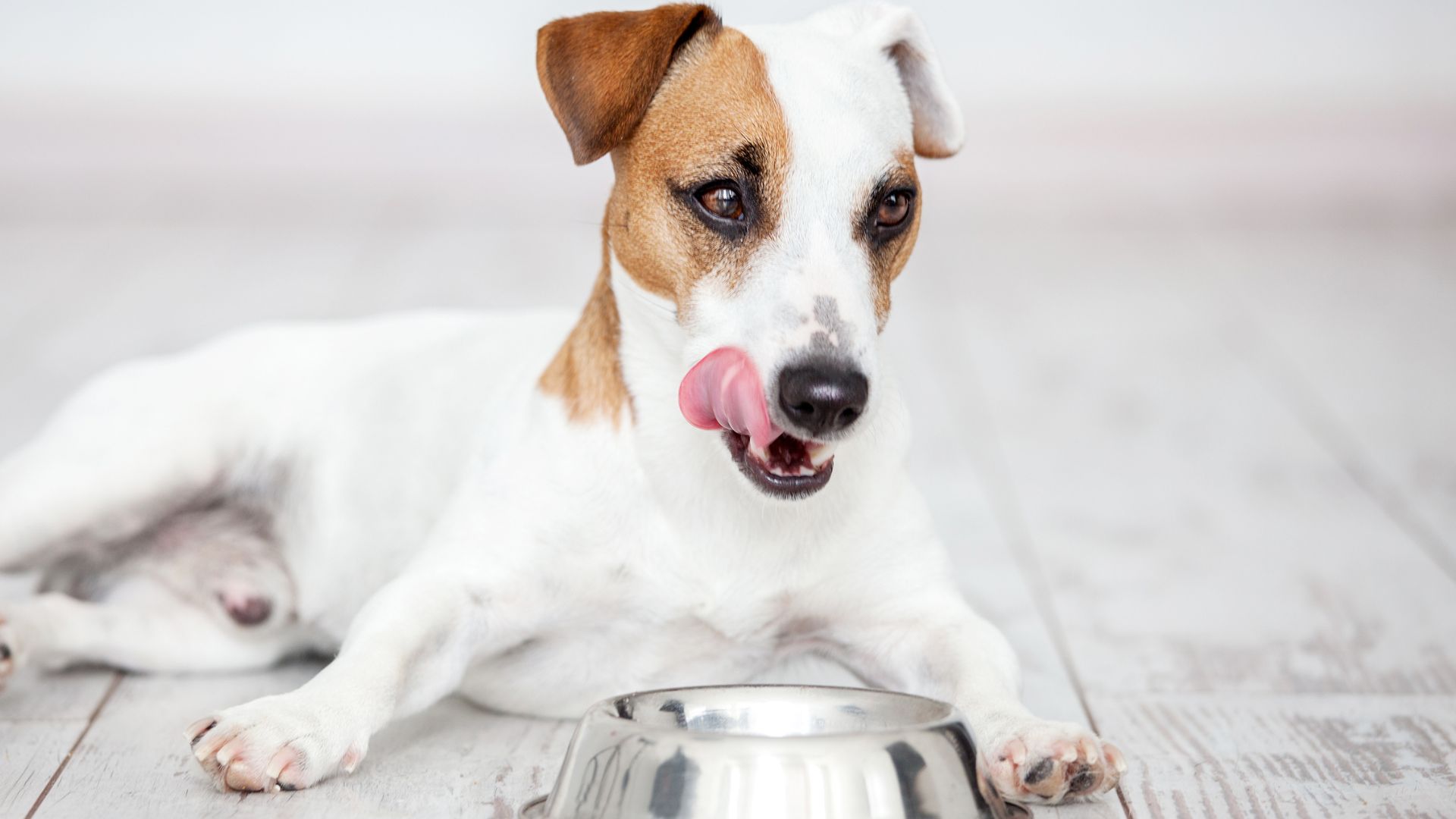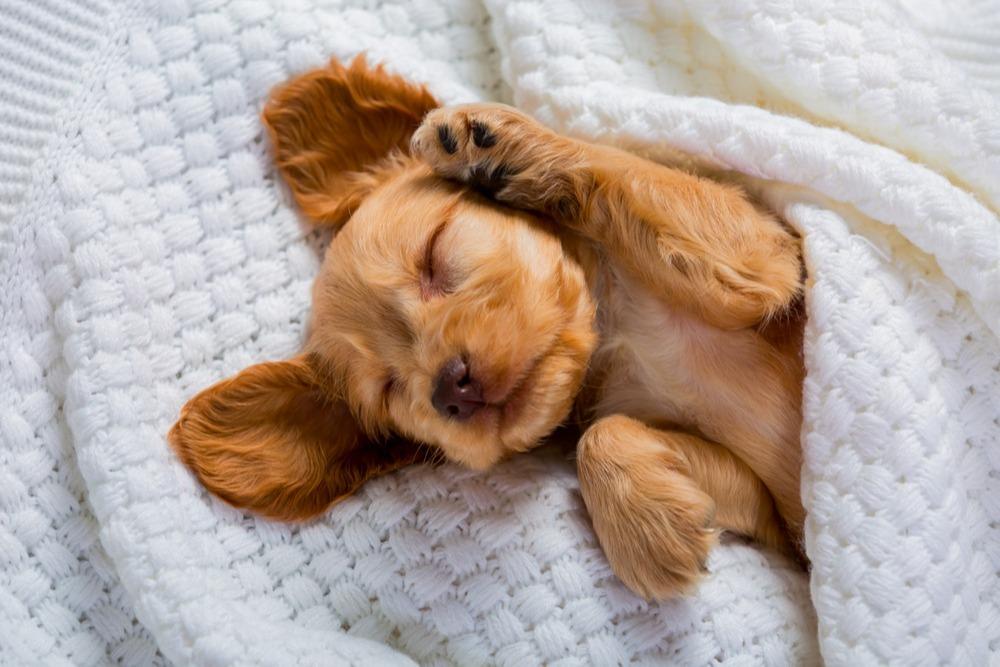
Speak to any dog owner who has had the pleasure of those puppy years and you will hear about how that lapse in attention resulted in a chewed leg chair or a demolished sandal.
Owners will say, “they’re just teething!” or “It’s just how they make sense of the world!”
Is this true? We wanted to explore why puppies bite, nip and mouth and share some top tips on how to stop them.
So, why do puppies bite?
If you pay close attention to puppies playing, they use their mouths. All the time. There is a good reason for this, but to understand fully, we must look at their teeth in a little more detail.
Puppies are born without teeth.
4 weeks will see the development of their 4 canine teeth. These are those sharp long teeth.
At any time between 3 and 6 weeks old, you should see them develop their pre-molars.
By the time they reach 8 weeks old, your puppy should have a complete set of milk teeth.
12 incisors
4 canines
12 pre-molars
14 in the upper jaw and 14 in the lower jaw.
That’s a lot of teeth for a small puppy! And so sharp!
There are two reasons for this.
Anyone who has been nipped by a puppy will remember those pin prick teeth. Consider the nursing Mother. When those first sharp teeth start coming through, they will start to irritate the Mother making her reluctant to nurse and want to move away from her puppies, leaving them to search for alternative food sources. This is when the weaning phase starts.
Those sharp teeth are the first step for those puppies becoming independent. They learn that they need to seek out other food sources. Their survival depends on it.
Sharp teeth don’t only irritate their Mother, they also annoy their siblings. Which leads us into the other reason puppies bite and why you will constantly see puppies using their mouths whilst playing. Puppy biting aids the learning of bite inhibition.
It is crucial that puppies learn bite inhibition, this is where they learn to limit the force and strength of their bite. It teaches them that other dogs and humans are fragile.
A dog has one defence and that is to bite. Every dog is capable of biting out of fear and anxiety, bite inhibition is a vital technique to limit the damage a dog can do.
When puppies are playing together; chewing and nipping, if they bite just a little too hard, those sharp teeth will hurt their sibling. You will often hear a loud squeal or yelp. This tells the offending puppy that it was a little too hard. Play after this interaction will usually stop, so by trial and error, puppies learn that when they bite hard, play stops (the good thing goes away). So if they want the good thing to continue, it’s in their interest to not hurt their sibling.
So those sharp teeth kick start the weaning phase through their Mother’s reluctance to nurse and they also aid the learning of social etiquette.
The reason this learning starts so young can be explained through their further development. Specifically of their jaw formation and also growing their adult teeth.
From 8-12 weeks onwards, your puppy should start losing their puppy teeth. This is due to the adult teeth forming and pushing the milk teeth out.
You may find some around the house, but most puppies tend to swallow them.
This can be a pretty painful time for your puppy, so offering puppy safe things to chew and soothe is super important. Frozen carrots or cucumber are great soothers!
This is a good time to double check the adult teeth are forming properly and also to check they have a normal bite. The normal bite of a dog is termed a “scissor bite.”
This is because the upper incisors sit in front of the lower incisors when the mouth is closed. However, it is common for short muzzled dogs to have a reverse scissor bite where the lower incisors sit in front of the upper incisors.
Most of their teeth will have fallen out by the time they are 6-8 months old and they should have a mouth full of adult teeth. 42 teeth in total.
12 incisors
4 canines
16 pre-molars
10 molars
You will notice that the molars are new. Puppies don’t need molars, but adult dogs do.
Incisors are needed to rip meat and scrape it off bones.
Canines are for puncturing prey.
The molars are for grinding and crushing.
With the extra teeth and the addition of those for grinding and crushing, it is possible to see why bite inhibition in puppies is so vital. No one wants to be bitten by any of those teeth!
It’s not just the teeth that we should be worried about, it is also the strength of the jaw. Thankfully, puppies have weak jaws. They haven’t developed fully. Jaw-adductor muscles generate the main biting force in dogs. As puppies grow, these muscles get stronger. Bite force therefore increases.
So we can see why learning bite inhibition at an early stage is important. Dogs who learn how to use their mouth gently are less likely to bite hard or break skin if they do ever bite a person out of fear or anxiety.
But outside of mother and sibling interactions, how do we teach bite inhibition?
If your puppy nips or mouths at you during play, withdraw attention. Turn away from them. Remember that trial and error, when I bite hard, the good thing goes away?
Whilst your puppy is playing appropriately, let play continue. You want them to learn what behaviour is acceptable.
If your puppy is chewing on something they shouldn’t – usually whilst they are teething – provide alternatives such as:
– puppy safe chew toys
– puppy safe teething rings
– food stuffed chew toys
– puppy safe rope toys
This is reinforcing the behaviour you want them to demonstrate. They can chew their own toys, just not your favourite pair of slippers!
If you have children, they are usually the ones who end up rough playing with your puppy or playing tug of war.
The important thing with teaching bite inhibition is consistency. Everyone in the family needs to be teaching the same thing.
Rough play is acceptable, as long as, the minute there is contact between human skin or clothing and your puppy’s mouth, play is stopped. The same goes for tug.
What we want puppy to learn is that lively and energetic play is acceptable, biting people or their clothing is not.
Whilst we’re on the subject of tug, it is worth mentioning that puppies can sometimes become possessive over their tug toys, which can result in a completely different reason for biting.
Aggression in puppies can be as a result of many things, they simply learn that aggression can solve problems for them.
Triggers of aggression in puppies:
– frustration
– guarding behaviour
– anxiety
– lack of appropriate socialisation
Anxiety and frustration can also be as a result of punishment.
When teaching bite inhibition in dogs it is important to avoid the use of punishment. For example:
– holding mouths closed
– smacking or tapping them on the nose
– being yanked away with a lead
Certain herding breeds such as border collies will be more likely to nip at people’s feet and legs as this is historically what they would do to the animals they were herding.
Certain breeds will also be more likely to mouth, like retrievers whose job it was to bring back the waterfowl.
It is even more important for these breeds that we provide alternatives when necessary, such as chew toys or stuffed animals to carry, to meet their innate needs.
Puppy biting, mouthing and nipping is a completely normal behaviour. It is the first step in learning to be independent through the withdrawal of nursing mothers and also the first step in learning social etiquette when they bite their siblings just a little too hard. Through these behaviours puppies learn bite inhibition, which is a vital skill as they get older. They learn that other dogs and humans are fragile. But, we also need to control this behaviour so it doesn’t become problematic and puppies learn it’s a way to solve problems.



